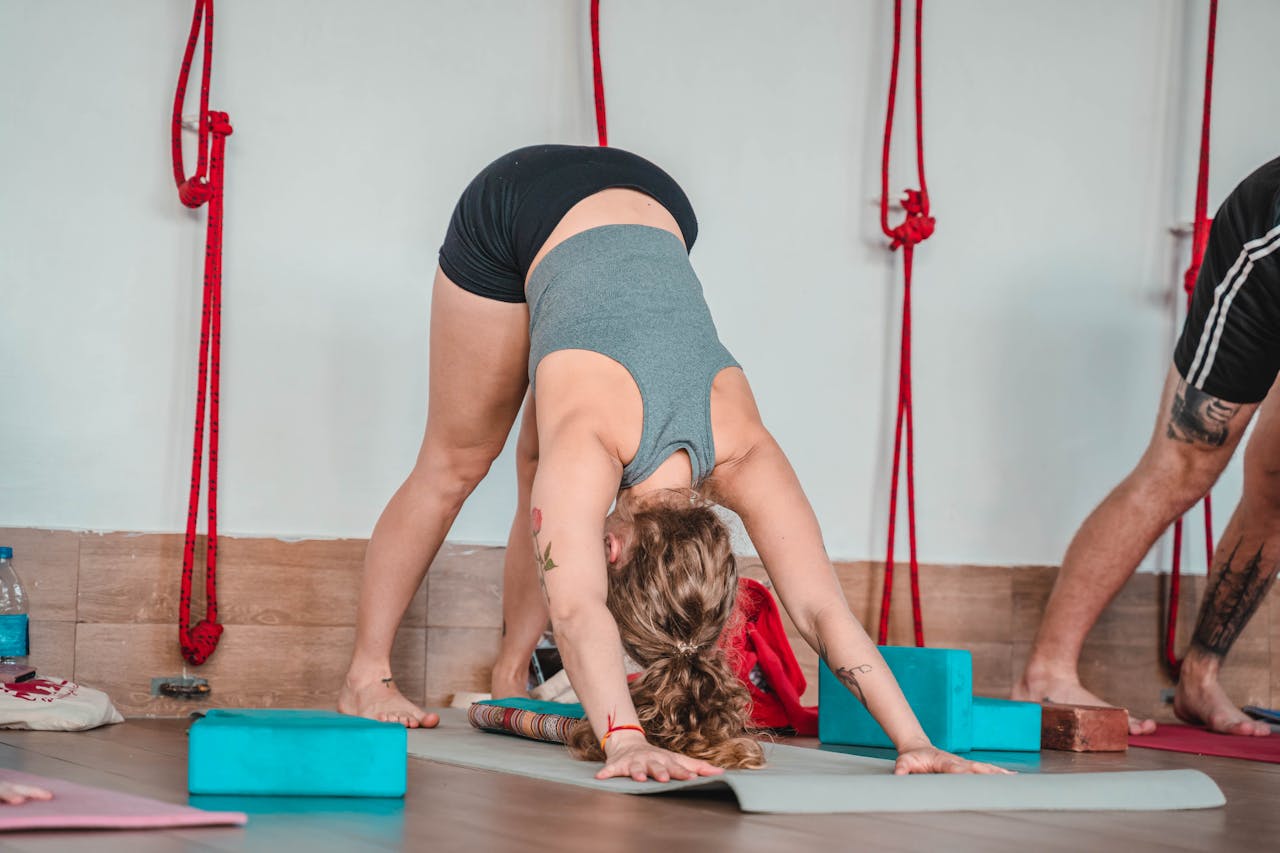
Importance of Mobility
Many people hear this word gets thrown around often.
Mobility is a combination of strength and flexibility and being able to move a joint throughout its whole range of motion. Many confuse flexibility with mobility; however, they are two different things. Mobility will be impactful for all daily living. However, two key parts it influences is atrophy of muscles as we age and protection for joints.
Aging:
Being able to have a muscle in a stretched position AND have the strength to move it is incredible and so important to the body. As we age, our muscles may start to atrophy (lose muscle mass and/or strength), and become weaker.
What mobility does is promote flexibility (moving a joint through its full range of motion) and strength. Mobility exercises are generally low-impact! These are great for beginners and older individuals but can also become advanced.
Some examples are 90/90’s, step downs, and elbow taps in a pigeon pose.
These exercises are all great to start promoting better mobility and maintaining some strength. When someone starts to incorporate mobility exercises into their routine, some of the first things they notice is more energy and less “tightness” in their body. Including this type of exercise helps to strengthen muscles that people don’t ordinarily use and can help protect joints or bony structures they surround.
Protection:
Protection of joints is very important, especially as we age.
How many people do you know that have “thrown out their back” or have “tight hamstrings”? These terms are generally used for people that have injured themselves because of a movement they performed, in a position that they are not used to.
Additionally, these issues affect many people. Mobility is a great solution for this problem, and a lack of tends to be a culprit of this problem. What mobility does for someone is it requires them to move into a position that is stretched, twisted or slightly uncomfortable and use strength to perform a movement there.
When someone who is not used to these awkward and somewhat uncomfortable positions, the injuries start to occur. Again, introducing mobility into a routine teaches an individual to work in awkward positions and helps the body recruit muscles to accomplish the movement. Thus, strengthening the muscles. By becoming proficient in these movements, you inherently gain protection for the joints and bones.
In conclusion, mobility influences many parts of our lives. As we get older it becomes much more important to include in daily living. When we incorporate it into a routine, it can help combat atrophy by maintaining strength and it can aid in injury prevention by protecting joints.
Having better mobility can inherently increase the quality of living because of these two things it affects.



